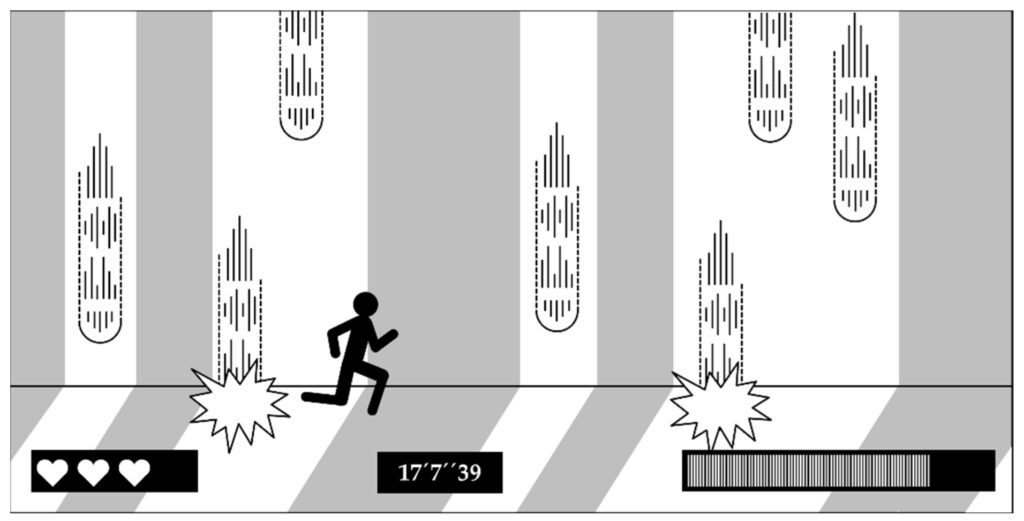Playtesting is a crucial part of video game development as it helps developers identify and fix issues that players may encounter while playing a game. Playtesting involves evaluating a game by having people play it and provide feedback on its different aspects, including user experience and game mechanics. It is essential to conduct playtests at different stages of development, provide clear instructions, track feedback, and iterate on that feedback. The process of playtesting is iterative, and testers need to be part of the target audience so that the feedback received is relevant to the game’s target demographic.
The Role of Playtesting in Perfecting Game Mechanics and User Experience
Creating a video game is a complex process that requires the input of various individuals, including programmers, designers, artists, and writers. However, one critical element that determines the success of a game is playtesting. Playtesting refers to the process of evaluating a game by having people play it and provide feedback on its different aspects, including user experience and game mechanics.
The Importance of Playtesting in Video Game Development
Playtesting is an essential part of video game development because it helps developers identify and fix issues that players might encounter while playing the game. Games are meant to provide an enjoyable experience for players, and playtesting helps ensure that the experience is optimized by uncovering potential hurdles and addressing them in advance. Here are some reasons why playtesting is critical for successful video game development:
Testing Game Mechanics
Game mechanics refer to the rules and systems that govern how a game is played. These mechanics are paramount in ensuring that players enjoy playing the game, and often determine how a game is perceived by its target audience. Playtesting allows developers to evaluate these systems and gauge their impact on the player’s overall experience. This feedback helps the development team fine-tune the mechanics and make improvements to ensure that the game is as fun and engaging as possible.
Evaluating User Experience
User experience (UX) refers to how players interact with a game and how they perceive their overall experience. UX plays a vital role in how players perceive, feel, and remember a game. Playtesting can help identify weaknesses in the UX that developers need to address to improve player interaction and increase player satisfaction.
Discovering Bugs and Glitches
Playtesting can also reveal technical issues such as bugs and glitches that might prevent the game from functioning correctly. Bugs and glitches can be frustrating for players, and if not addressed, they can ruin the player’s experience. Playtesting helps developers identify these issues in advance and fix them before the game is released.
The Stages of Playtesting in Video Game Development
The process of playtesting is iterative, meaning it is conducted at different stages of game development to ensure the optimal user experience. Here are some of the stages of playtesting in video game development:
Alpha Testing
This is the earliest stage of playtesting where the game is in its initial stages of development. During alpha testing, the game’s core mechanics are tested, and feedback is collected to help direct future development.
Beta Testing
This stage occurs once the game is further along in development and has more fully realized content. Beta testing is used to test the game’s mechanics further, identify any imbalances, and collect feedback on the overall experience of the game.
Release Candidate Testing
Release candidate testing is the final stage of playtesting before the game’s release to the public. During this stage, the game is fully polished, and all potential bugs have been addressed. Testing is usually performed on a wide range of platforms, hardware, and operating systems, and the feedback collected during this stage can help refine the game’s overall quality and playability.
Conducting a Successful Playtest
A successful playtest requires clear objectives and planning. Here are some tips to help conduct a successful playtest:
Identify Objectives
Before conducting a playtest, developers need to identify what they want to achieve from the test. This might include testing specific game mechanics or collecting feedback on the overall user experience.
Recruit the Right Testers
It’s essential to recruit testers who are part of the target audience and who can provide productive feedback. This helps ensure that the feedback collected is relevant to the game’s target demographic.
Provide Clear Instructions
Developers should provide clear instructions on how to play the game and what aspects to focus on during testing. This helps testers focus on the relevant parts of the game and provide relevant feedback.
Track Feedback
During the test, it’s essential to track the feedback provided by testers. This helps identify any bugs, glitches, or potential issues that need to be addressed in future development.
Iterate on Feedback
After a playtest, the feedback collected should be analyzed, and any necessary changes implemented in the game’s development. Playtesting should be an iterative process, with multiple tests conducted at different stages of development.
Conclusion
In summary, playtesting is a vital tool in video game development that helps refine game mechanics and improve user experience. By identifying potential issues in game mechanics, user experience, and technical issues, developers can build a better game that provides an enjoyable experience for players. It’s essential to conduct playtests at different stages of development, provide clear instructions, track feedback, and iterate on that feedback. By following these guidelines, developers can increase the chances of creating a successful video game with happy players.
